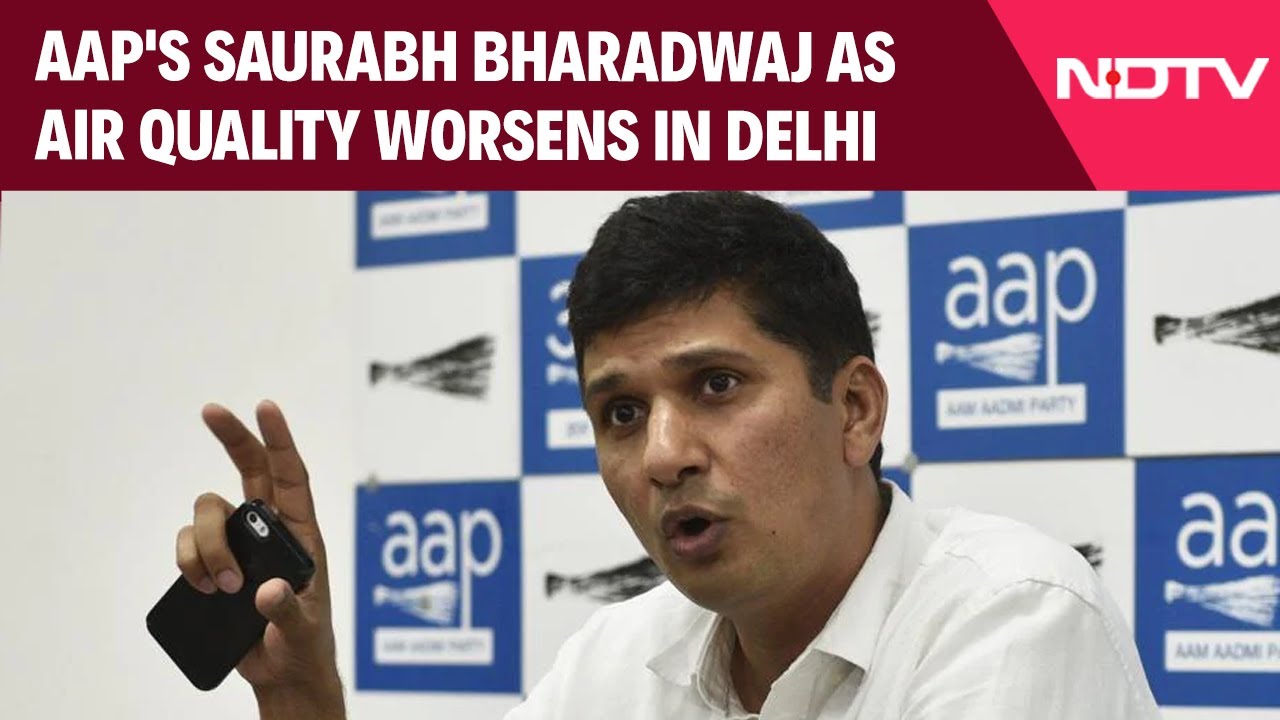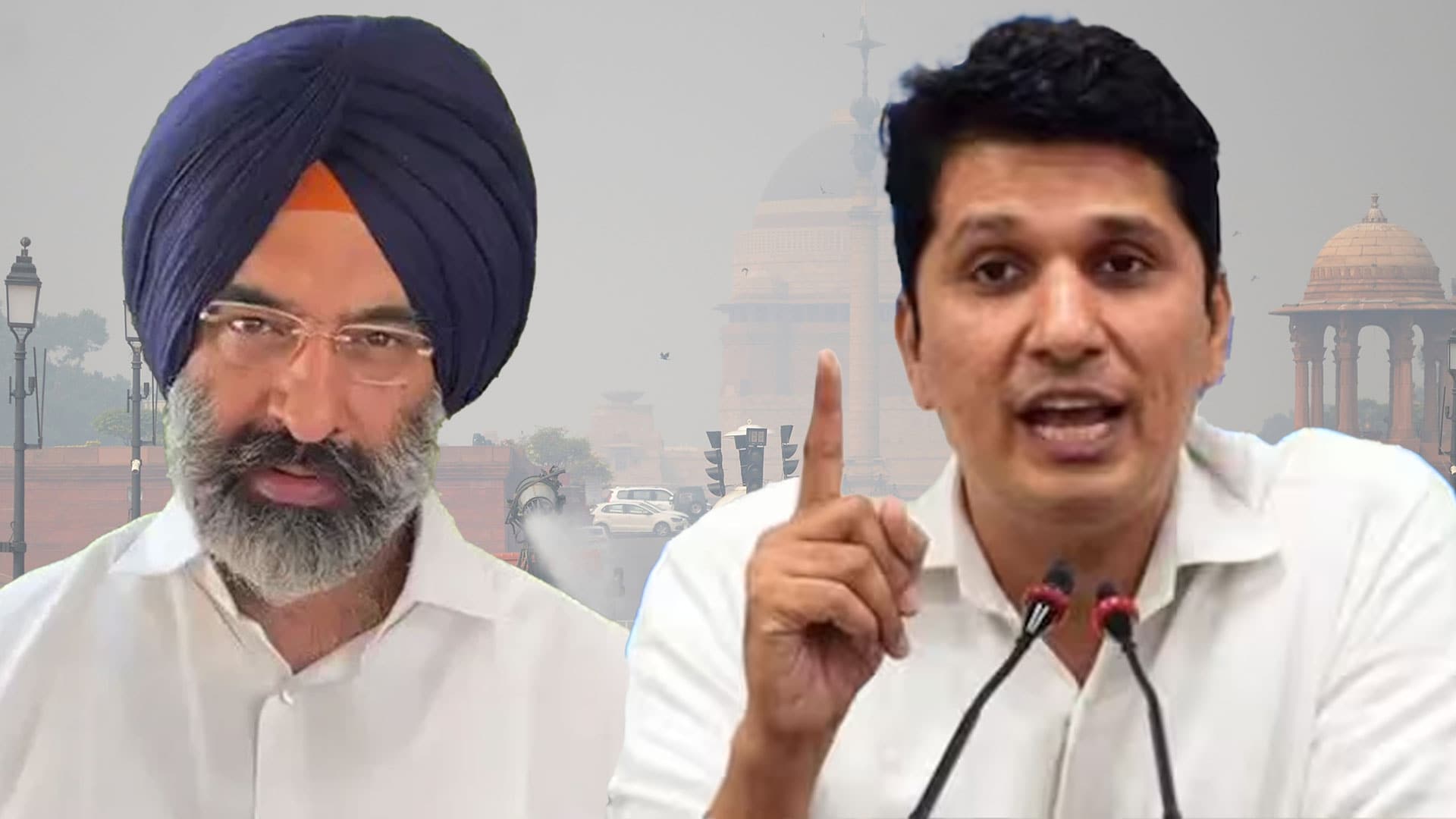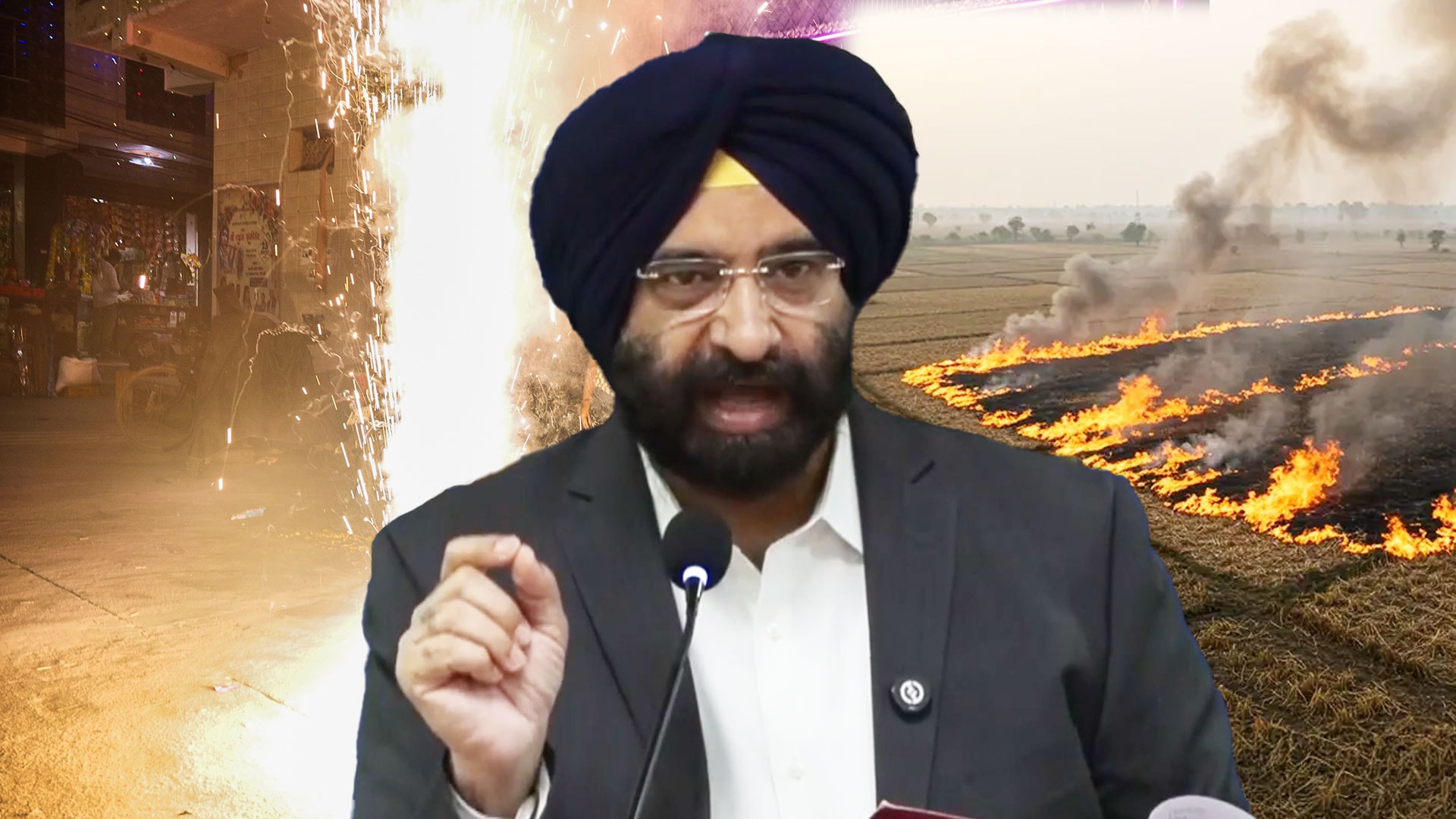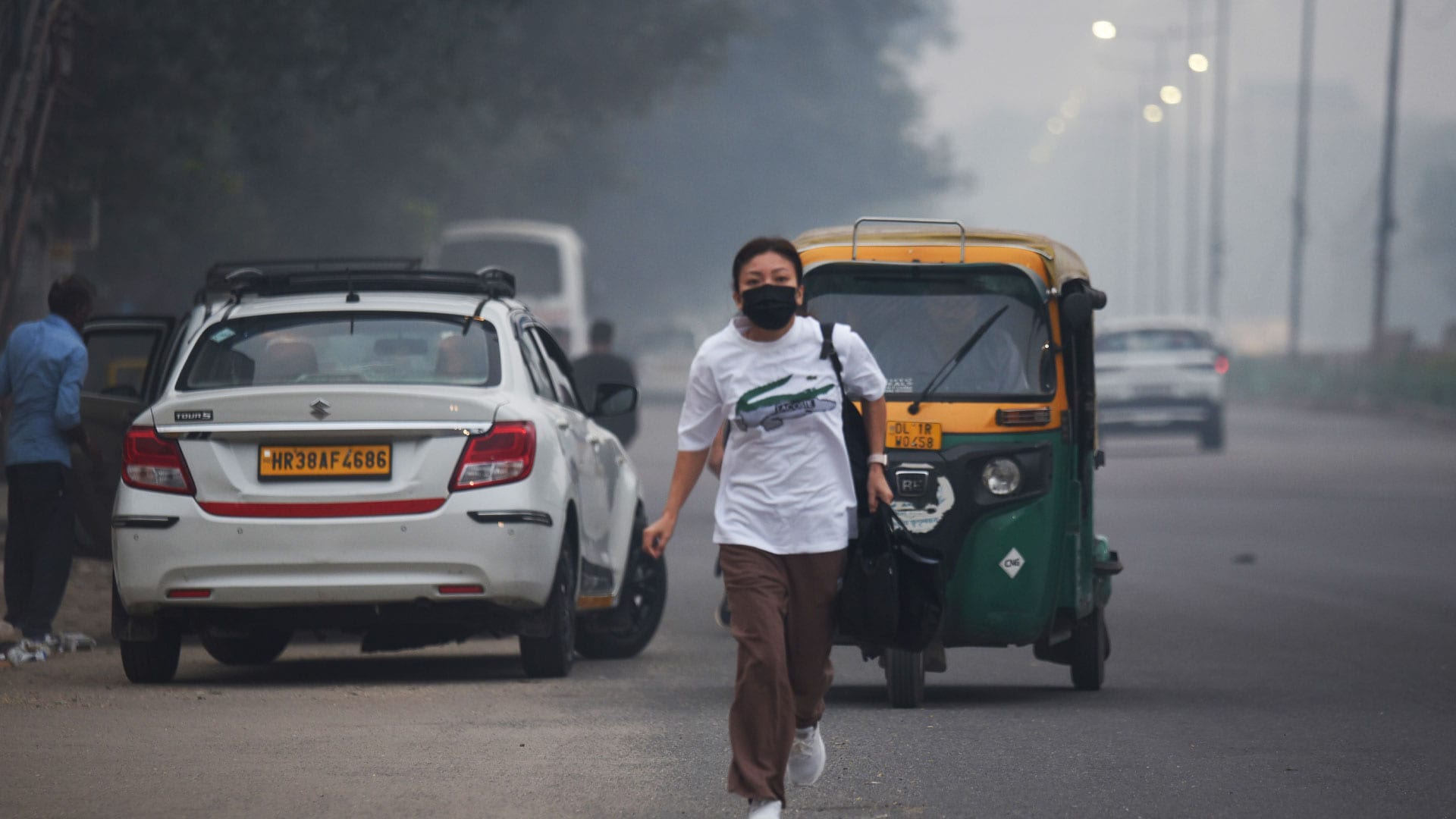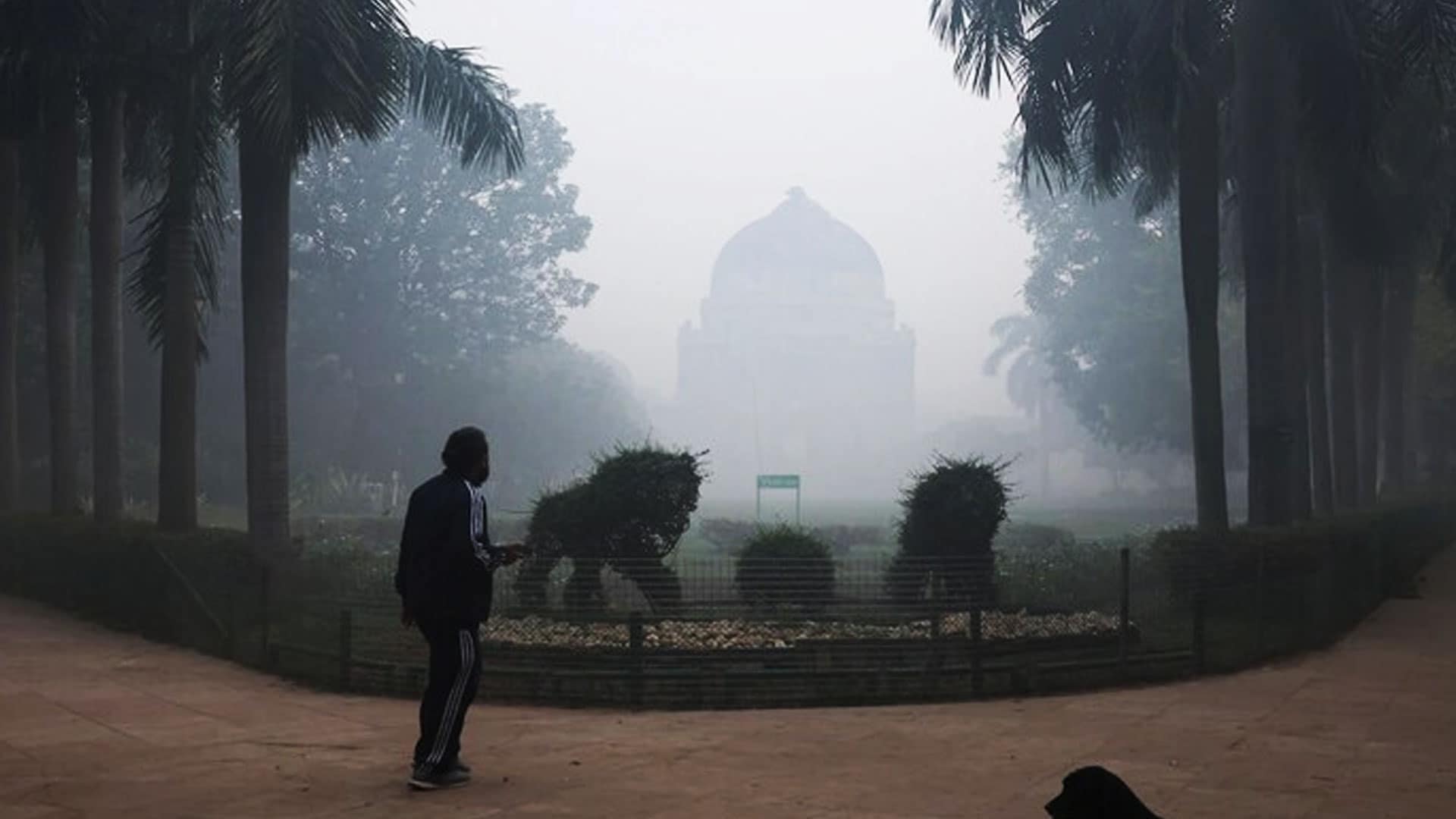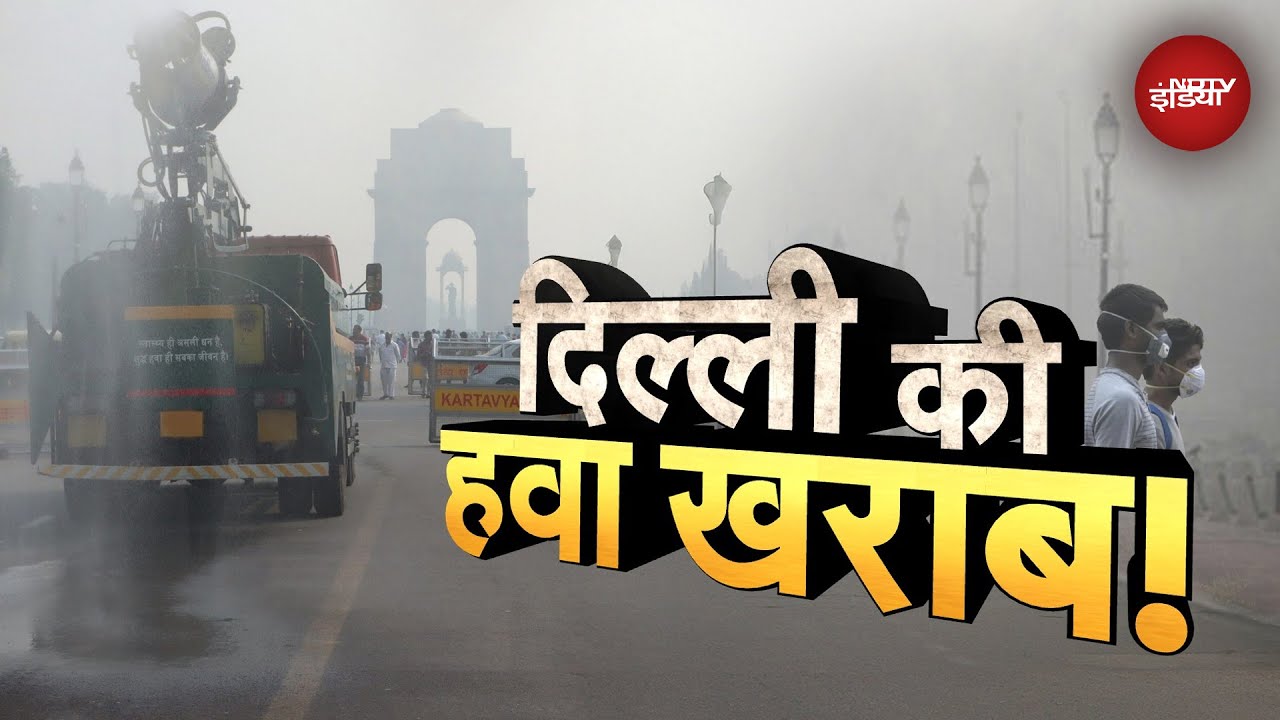- Home/
- Cleaner Air, Yamuna's Revival: What Delhi's Climate Plan Means For You
Cleaner Air, Yamuna's Revival: What Delhi's Climate Plan Means For You

Highlights
- Delhi's revised climate plan focuses on electric vehicles, cleaner power, and expanded CNG and electric buses
- Waste management will be improved with bio-mining, e-waste regulations, and floodplain protection
- The Heat Action Plan will include early warnings and support for vulnerable groups
Delhi has stepped up its fight against climate change. At a review meeting on Monday, Environment Minister Manjinder Singh Sirsa went over the city's revised State Action Plan on Climate Change (SAPCC), setting targets for 2050 across nine key sectors.
Officials warned that the capital faces sharper heatwaves, frequent urban flooding, and growing pressure on water and energy supplies.
"We are determined to move beyond lip-service; each proposal must translate into real relief on the ground," the Minister said during the meeting.
Transport And Energy Priorities
The city is betting on green mobility and cleaner power. The plan focuses on expanding electric vehicle charging stations, improving power-grid resilience to withstand extreme heat, and scaling up renewable energy.
On the transport front, the government wants to add more Compressed Natural Gas (CNG) and electric buses while discouraging the use of private cars and reducing dependence on diesel. Officials said these steps will help cut air pollution and give commuters cleaner and faster travel options.
Waste Management And Yamuna Revival
Delhi generates close to 11,000 tonnes of waste every day, and much of it ends up being piled in towering landfills. The revised action plan places waste management high on the agenda, with bio-mining of legacy dumps, stricter handling of construction debris, and stronger systems for e-waste disposal. At the same time, urban planners are pushing for better stormwater drains to reduce flooding and stronger safeguards for the Yamuna floodplain.
Minister Sirsa approved new initiatives for water conservation and river cleaning, highlighting the importance of community involvement: "The technical soundness is clear, but execution must bring citizens on board."
आज पर्यावरण विभाग एवं DPCC द्वारा State Action Plan on Climate Change (SPACC) को लेकर एक प्रेज़ेंटेशन प्रस्तुत किया गया।
— Manjinder Singh Sirsa (@mssirsa) September 1, 2025
बैठक के दौरान विभिन्न तरकीबों की समीक्षा कर यह सुनिश्चित करने पर बल दिया गया कि दिल्ली में प्रदूषण को नियंत्रित करने और पर्यावरण का संतुलन बनाए रखने के लिए… pic.twitter.com/Y222gman4X
Heat Safety Measures
Heatwaves in Delhi have grown longer and more dangerous in recent summers. To tackle this, the city is developing early warning systems for extreme heat and strengthening disease surveillance under the National Health Climate Programme.
A dedicated Heat Action Plan will also prepare neighbourhoods for harsher summers, with measures focused on protecting vulnerable groups such as outdoor workers, children, and the elderly.
Greener Spaces And Climate-Resilient Farming
The review also covered steps to expand Delhi's green cover and safeguard biodiversity. Afforestation drives, groundwater regulation, and rejuvenation of lakes and ponds are part of the strategy to make the air in the neighbourhoods cooler and secure water supplies.
Farmers on the city's outskirts are expected to benefit from support for climate-resilient techniques, which can help protect food supplies in the face of shifting weather patterns.
The Road Ahead
The plan will now be submitted to the Ministry of Environment, Forest, and Climate Change for final approval.
Departments have been asked to set clear timelines and ensure that monitoring remains transparent to the public."The city can only stay future-ready through decisive action, not tomorrow but today," Mr Sirsa said.
What Does This Mean For You
For Delhiites, the action plan promises visible changes in daily life, cleaner air through electric mobility, safer summers with heat alerts, and a Yamuna that is not just cleaner but better protected from flooding. Waste reduction, greener neighbourhoods, and stronger health safeguards are also on the table.
The big test, however, lies in delivery. As officials prepare to send the revised plan for final clearance, the question for residents remains: will these promises translate into action on the ground, or will Delhi's climate crisis continue to outpace its solutions?
also read
Health Experts Warn Of Respiratory Risks Amid Worsening Post- Diwali Air Quality In Delhi
Asian News InternationalAAP Mocks Rekha Gupta Over Delhi Pollution, BJP Blames Citizens, Farm Fires
Edited by Manjiri Chitre'Supreme Court Chose Right To Burn Crackers Over Right To Live': Amitabh Kant
Edited by Saikat Kumar Bose
Latest Stories
- Asian News International | Tuesday October 21, 2025
The festive season, coupled with seasonal weather changes and increased stubble burning in neighbouring states, has exacerbated pollution levels, prompting calls for preventive measures.
- Written by Tanmaya Kothari , Edited by Shubham Bhatnagar | Tuesday October 21, 2025
As Delhi's air quality drops again, these 11 hill stations offer clean air, calm views and mountain peace after Diwali.
- Edited by Manjiri Chitre | Tuesday October 21, 2025 , New Delhi
AAP MLA Gopal Rai accused the Delhi government of "making excuses" and not taking action to prevent the pollution.
- Edited by Saikat Kumar Bose | Tuesday October 21, 2025 , New Delhi
Amitabh Kant, Sherpa of the 2023 G20 Summit in India and former CEO of Centre's think tank NITI Aayog, has said Delhi's air quality "lies in shambles" and only "ruthless and sustained execution" of pollution control can save Delhi
- Written by Rupashi Chhabra | Tuesday October 21, 2025
Learn the essential lifestyle changes, from an anti-pollution diet to indoor clean zones, that will help you combat pollution now.
................................ Advertisement ................................
Latest Videos
Opinion
Opinion | Why Indians Have Just Given Up On Air Pollution CrisisTanushree Ganguly
Friday December 20, 2024While some may argue that people in Delhi are now more aware of air pollution than they were a decade back, my rebuttal would be that awareness does not mean that people are concerned.
Opinion | You Must Outrage Over Filthy Air More Than Once A YearJyoti Pande Lavakare
Tuesday December 10, 2024Delhi welcomed us with monsoon rains and mangos. We were home. Fast forward a couple of years, in the winter of 2012, I found myself in denial about something other parents, mostly expats, were calling toxic air.
Opinion | Delhi's Air Pollution Situation Is Like A Bad MarriageNishtha Gautam
Friday November 22, 2024On a good day, such as today, the AQI reading in Delhi is 407. We are jubilant at the sickly sunshine trickling through the slightly dissipated smog. At least its not 1600.
दिवाली... पराली... सियासी जुगाली!Ashwini kumar
Monday November 18, 2024दिल्ली-एनसीआर में प्रदूषण का समाधान तो आज तक मिला नहीं. हर साल चिंतित होकर हम-आप सांसों की तकलीफ के साथ-साथ दिल और ब्लड प्रेशर के मरीज भी क्यों बनें?
घर में कैद बुजुर्ग और हांफते लोग, दिल्ली की सांसों में घुला ये कैसा रोग?Nidhi Kulpati
Friday November 08, 2024हमारी हवा जहरीली हो रही है. गुरुवार की शाम को जब मैं इस मुद्दे पर लिखने बैठी तो AQI लगातार 400 पार जाकर दम घोंट रहा था. बहुत लोगों को यह मामला बोरिंग लगे, लेकिन जब आप अपने साथ काम करने वालों को खांसते-हांफते देखते-सुनते हैं, तो चिंता होने लगती है. सुबह उठते ही दरवाजे खिड़कियां खोलने के लिए डॉक्टर मना कर रहे हैं. बड़े बुजुर्गों के लिए तो मॉर्निंग वॉक बाहर की दुनिया से सीधे संपर्क का ज़रिया है, लेकिन डॉक्टर इसकी भी मनाही कर रहे हैं.








